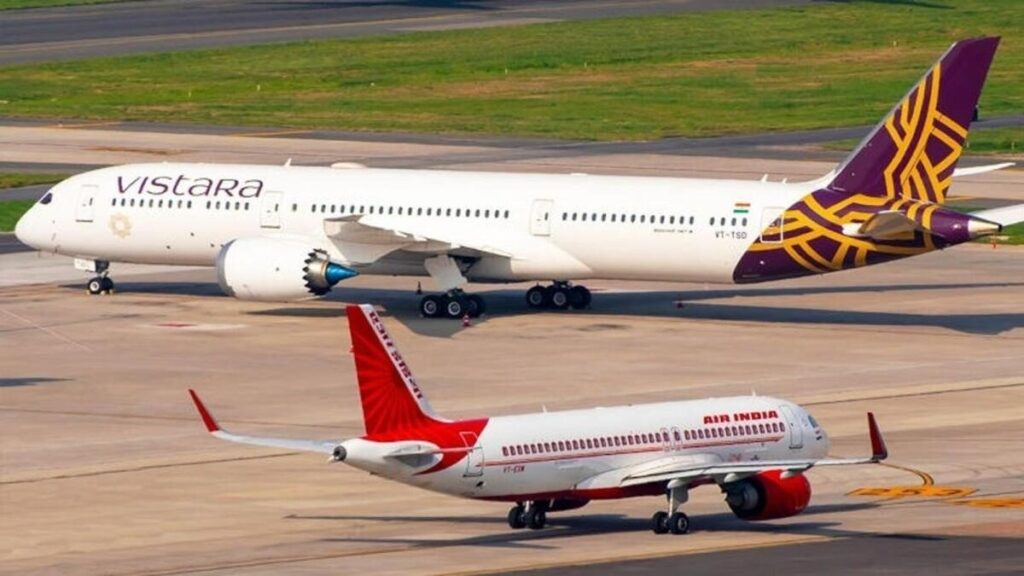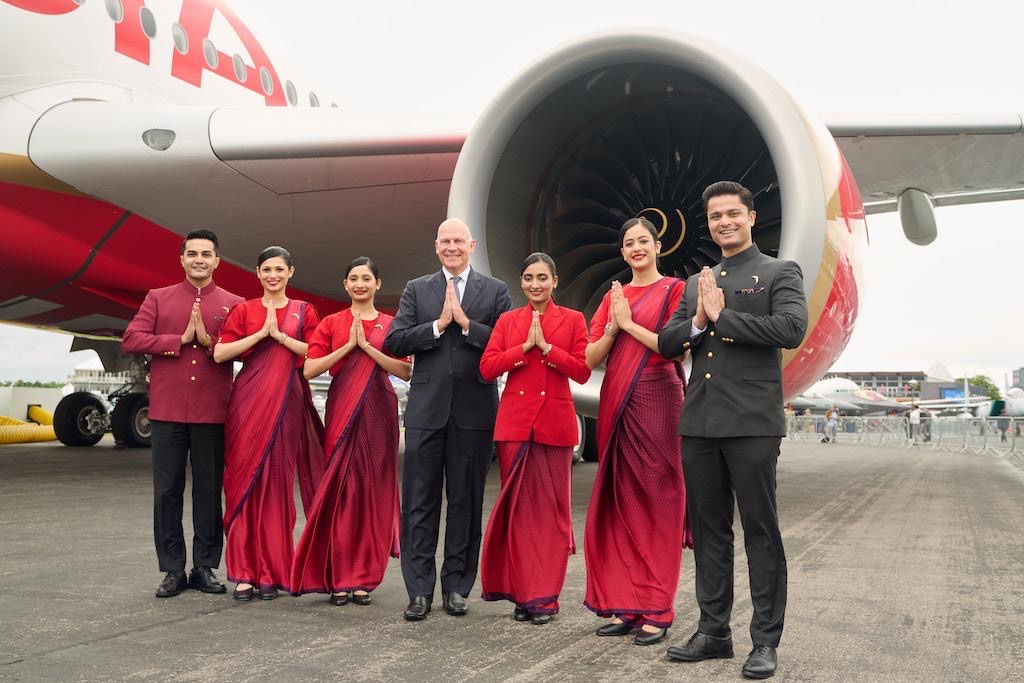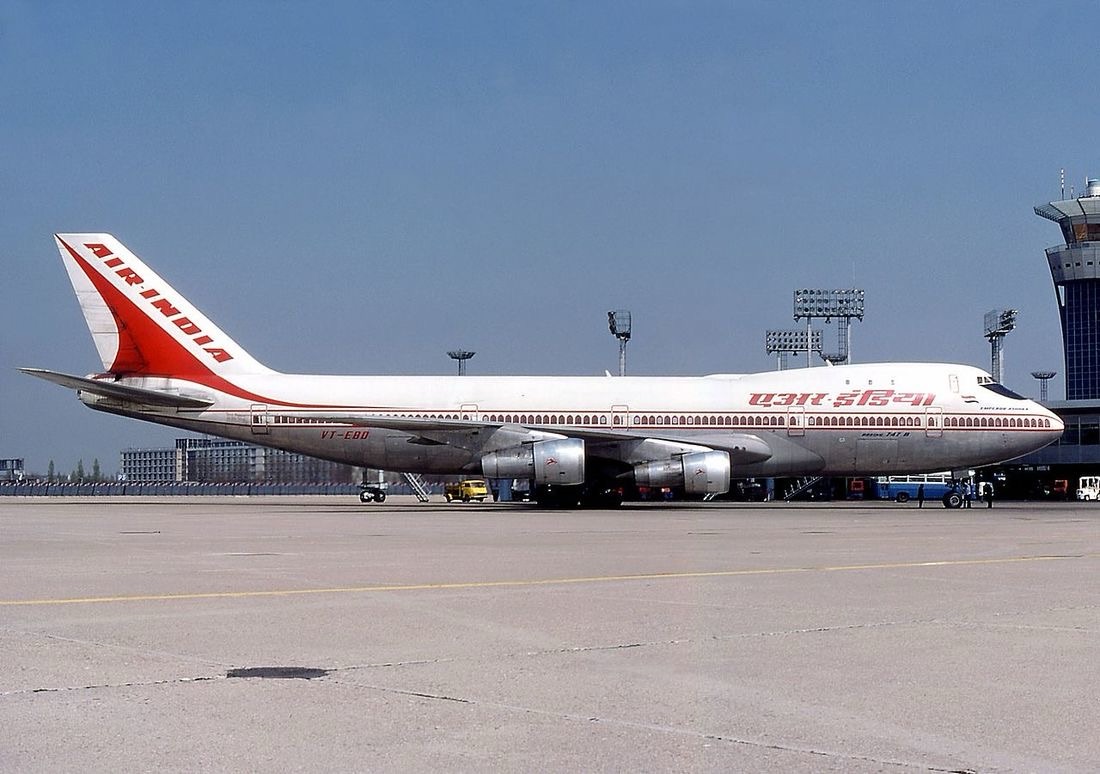In the early 1970s, the Singapore government, under the leadership of Prime Minister Lee Kuan Yew, conceived an innovative idea. To draw investment into the small island nation, they proposed launching an international airline that would serve as a flying advertisement for Singapore and its exceptional capabilities. This airline would illustrate to global decision-makers a standard of excellence that they had never encountered with the premier airlines of that era.
It was indeed a clever concept, but the new Singapore Airlines would clearly need to partner with an established airline to gain the essential expertise and service standards. The pressing question was, which airline would be suitable? The authorities compiled a shortlist of the world’s leading airlines and ultimately focused on one in particular.
And that airline, surprisingly enough, was Air India.

In his acclaimed book, Empires of the Sky—The Politics, Contests and Cartels of World Airlines, Anthony Sampson dedicates a chapter to how Asian carriers like Singapore Airlines, Cathay Pacific, and Thai Airways began to take control of the skies in the 1970s by transforming the idea of service. However, as Sampson points out, the very first Asian airline to achieve this distinction was Air India, which inspired all others from the 1940s onward.
Delivering mail from Karachi to Chennai
Air India had an intriguing origin story. In the early 1930s, airmail letters bound for India from Europe were offloaded from international airlines in Karachi. The mail was subsequently transported to its final destination by train—a journey that could stretch over several days. A former Royal Air Force pilot named Nevill Vintcent had a vision: What if an air service were established to collect the mail from Karachi and deliver it the very same day? Vintcent shared this idea with JRD Tata, a 25-year-old member of the Tata family and a passionate aviation enthusiast (as a child in France, his family had lived next to Louis Bleriot, a renowned aviation pioneer, and young JRD had received his first flight experience from none other than Adolphe Pegoud, the first fighter ace of World War I and the first individual to successfully perform the aerobatic maneuver known as “loop the loop”).

Thus, in 1932, JRD Tata and Vintcent founded Tata Air Mail. They operated two small Puss Moth aircraft, capable of flying at 100 mph, which could carry a load of mail along with two passengers; their only tools were a pair of goggles and an antiquated slide rule for navigation. The inaugural flight of Tata Air Mail took off on October 15, 1932. JRD Tata transported the mail from Karachi to Bombay, after which Vintcent took over to deliver the remaining mail from Bombay to Madras. (Interestingly, their first flight experienced a delay of a month due to unseasonable rains that had inundated the mud-flat runway in Bombay, forcing them to wait until it was completely dry.)
The fledgling airline started with a team comprising two pilots, three ground engineers, four porters, and two guards, operating the Karachi-Bombay-Madras route every Monday, with an overnight stop in Bellary, totaling a 28-hour journey. In its inaugural year, Tata Air Mail recorded a profit of Rs60,000, transporting 10 tonnes of mail and 155 passengers (it would be intriguing to learn the identities of these pioneering travelers, but regrettably, their names remain unrecorded). Within a few years, it broadened its reach to include Delhi (via Indore, Bhopal, and Gwalior), Hyderabad, Goa, and Colombo, eventually rebranding itself as Tata Airlines in 1938.

The next chapter in the airline’s development unfolded in 1946. JRD Tata, observing the opportunities in the post-WWII landscape, envisioned vast potential for the aviation sector. He subsequently took the company public, renamed it Air India, and procured an impressive fleet of aircraft—the centerpiece of which was a Lockheed Constellation, one of the most sophisticated aircraft of its era, equipped for international flights, which was dubbed “Malabar Princess.”
At five minutes past midnight on June 8, 1948, the Malabar Princess departed from Santa Cruz airport in Bombay, embarking on its inaugural international journey to London, with stops in Cairo and Geneva. Aboard were 35 passengers, including the renowned cricketer Duleepsinhji; Krishna Menon, the high commissioner to the UK; numerous Bombay industrialists, such as Neville Wadia, Narottam Lalbhai, and Fazal Fazelbhoy along with their families; as well as two Indian cyclists en route to the London Olympics. Notably, the ticket price was an impressive Rs1,720. The entire Air India crew had diligently trained for months, conducting dummy flights on various international routes under JRD Tata’s fastidious attention to detail, so it was no surprise that the Malabar Princess arrived in London right on schedule.
“Adjust your watches, gentlemen, we are precisely on time,” JRD Tata remarked to the media as he exited the aircraft.
In the ensuing 30 years, Air India earned a reputation among connoisseurs as one of the premier airlines globally. While it may have been relatively small in comparison to its massive global rivals, it provided a level of service that other airlines admired and envied. A prime illustration of this was during the 1950s when BOAC (later British Airways) launched a jet service that shortened travel time, yet passengers still opted for Air India’s slower propeller-driven planes, simply due to the exceptional treatment they received on board. However, Air India’s exemplary service was perhaps most evident on its trans-Atlantic flights, where it reveled in attracting passengers away from its American and European competitors.

Long before Singapore Airlines’ “Singapore Girl” in her silk sarong-kebaya became an icon, Air India’s air-hostesses in their exotic silk saris did as well. For example, in the 1960s, during the peak of the miniskirt, an Air India campaign in the US featured an air hostess in a sari with the tongue-in-cheek line: “3, 4, maybe 5 times longer than a mini-skirt.”
JRD Tata’s Microscope
One of the primary reasons for Air India’s exceptional service was JRD Tata himself, who (in the kindest possible way) used to micromanage everything. He was well-known for walking around on flights, taking notes on minor matters that needed to be addressed, such as the level at which wine was poured into a wineglass and the haircuts of the air hostesses. If he observed a dirty airline counter, he would disgrace everyone by asking a duster and wiping it himself; on at least one occasion, he rolled up his sleeves and assisted the crew in cleaning a filthy aircraft lavatory. JRD Tata once stated that it was totally “a labour of love” for him because Air India had already been nationalized, and his sole personal stake in it was emotional. He may have been chairman of the Tata Group, but he spent the majority of his time not on any of the Tatas’ own businesses, but on the airline he founded and fostered. That is why, when prime minister Morarji Desai humiliatingly fired JRD Tata in 1978, the nation was enraged, because Air India was a source of great national pride at the moment.

Air India after Tata takeover
Now with the airline back with the original owners, the Tatas will own 100 per cent of Air India and its low-cost arm Air India Express, plus 50 per cent in the ground-handling joint venture Air India. The balanced debt of Rs 46,000-odd crores will be absorbed by the government, which when adjusted against assets worth about Rs 14,000 crores, leaves it with a net liability of around Rs 29,000 crores.

Amidst the financial struggles and operational inefficiencies in the past, Air India is getting a fresh start after the takeover of Tata. Apart from Air India, Tata groups owns two airlines in India – VISTARA, which offers full service flights domestically and internationally, and the AIR ASIA, a budget airline for domestic travel. Now again Tata has added Air India to its portfolio.
Strengthened Partnership Post-Vistara Merger
In November 2024, Air India and Singapore Airlines expanded their codeshare agreement, adding 11 Indian cities and 40 international destinations to their network. This expansion increased their combined weekly flights between Singapore and India from 14 to 56, providing passengers with enhanced connectivity between Singapore, India, and beyond .
Additionally, Singapore Airlines holds a 25.1% stake in the Air India Group, following the merger with Vistara. This strategic investment aims to restore Air India’s leading position in the Indian aviation market, with Singapore Airlines offering stewardship and expertise to support the transformation of the newly consolidated Air India Group .
For all aviation-related guidance (DGCA ground classes, pilot training, cabin crew training)
Contact us https://contrail.in/
phone numbers +91 78457 69399


